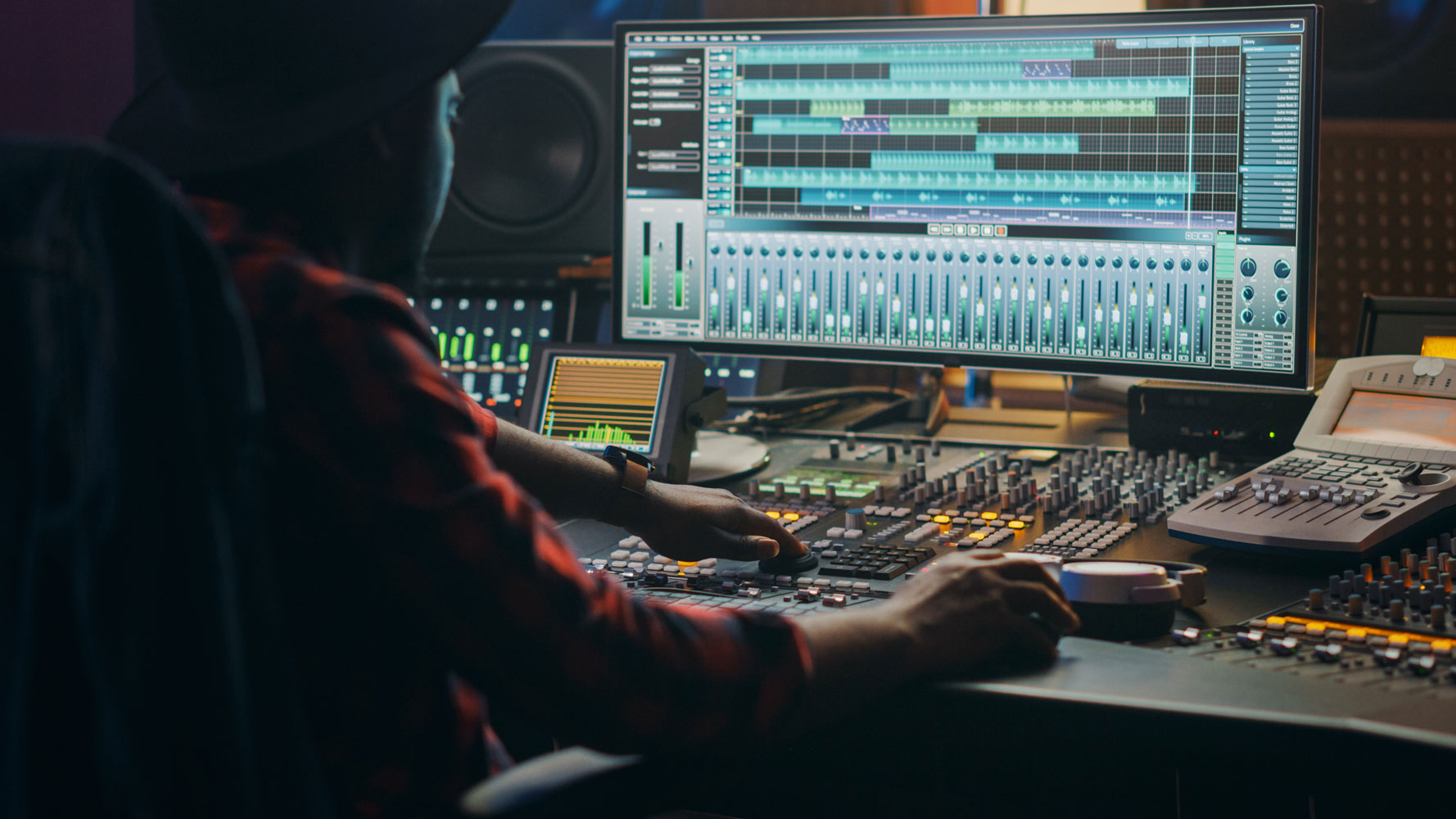The performing arts are not simply a form of entertainment, they offer a powerful means of creative and cultural expression, education, and community-building. Theater, dance, music, and other forms of performance can explore and communicate complex ideas, emotions, and social issues in ways that resonate with audiences universally. Beyond their artistic value, performing arts drive economic growth by supporting a wide range of jobs and businesses, attracting tourism, and fostering vibrant communities where people want to work and live.
Yet the industry has faced significant challenges in recent years. The COVID-19 pandemic forced widespread closures of performance venues in 2020, which resulted in massive revenue losses and layoffs from which many organizations are still struggling to recover today. Post-pandemic inflation has driven up costs of materials, labor, rent, and utilities, putting significant strain on budgets, which disproportionately affects smaller organizations. At the same time, many performing arts organizations have seen dwindling audiences – which further strains financial stability – a trend that began long before the pandemic as the rise of digital entertainment and shifting consumer preferences have changed how people engage with the arts.
These difficulties are apparent when comparing the growth of performing arts companies’ revenues and expenses, especially between for-profit and non-profit organizations. In 2022, the most recent year of data available, for-profit performing arts companies in the U.S. generated $9.1 billion in revenue, while non-profit firms generated $7.1 billion.
For-profit companies have shown greater resilience to challenging market conditions compared to non-profits. Looking at the broader industry, revenues for for-profit firms have returned to pre-pandemic levels seen in 2019 and increased 10% over five years since 2017 (adjusted for inflation). In contrast, revenue for non-profit firms remains 6% below 2019 levels and 1% lower than in 2017. Although the performance of for-profit organizations appears more optimistic, expenses were 5% higher than in 2019 and 14% higher than in 2017 – notably outpacing growth in revenues and underscoring the challenges faced by both for-profit and non-profit performing arts organizations in today’s environment.
Payroll, which accounts for the bulk of expenses, increased 9% over the five-year period. Purchases on equipment, materials, and supplies increased by 34% as post-pandemic supply-chain disruptions and inflationary pressures increased the costs of goods. The most significant increase was on software expenses, which grew 132% as shifts in consumer preferences have forced performing arts organizations to seek innovative ways to connect with audiences. Implementing new technologies, which can range from something relatively simple like digital streaming to something more complex like virtual production, has become essential but costly.
As the industry faces unprecedented challenges, it is more important than ever to support and champion these vital artistic and cultural organizations. By supporting the performing arts, we help sustain jobs, stimulate local economies, and provide invaluable experiences that enrich our lives and foster economic growth and cultural vibrancy.


